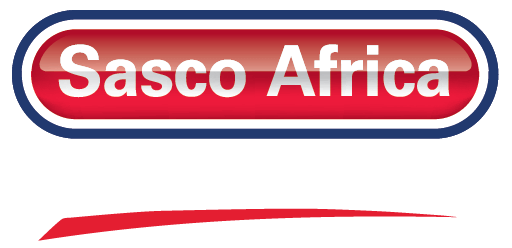
Measuring the weight of waste is a critical component in waste management systems across the globe. Accurate weight calculations help in monitoring waste production, planning waste reduction strategies, and meeting regulatory compliance. Whether dealing with municipal refuse, industrial by-products, or recyclable materials, understanding how to effectively calculate waste weight is essential.
In the evolving landscape of waste management, traditional estimations are no longer sufficient. With increasing environmental concerns and stricter regulations, precise measurement has become imperative. This article delves into the methods and technologies involved in calculating the weight of waste, highlighting their importance in achieving efficient and sustainable waste management solutions.
From traditional scales to advanced weighing systems, the means of determining waste weight have significantly progressed. By exploring these methods, businesses and municipalities can implement better practices that contribute to environmental conservation and operational efficiency.
Traditional Methods of Waste Weight Calculation
Historically, calculating the weight of waste involved manual processes and rudimentary tools. One of the most common methods was the use of standard weighing scales at collection points. Workers would manually weigh individual containers or bags of waste, recording the data for later analysis. This method, while straightforward, was time-consuming and prone to human error.
Another traditional approach was volume estimation, where waste weight was inferred based on the volume of waste collected. This method assumed a standard weight-to-volume ratio, which often led to inaccuracies due to varying densities of different waste materials. For instance, a container filled with lightweight plastic would weigh significantly less than the same volume filled with glass or metal.
These traditional methods faced challenges in scalability and accuracy. As waste production increased with population growth and industrial expansion, the need for more efficient and precise weighing methods became apparent. Manual calculations could not keep pace with the demands of modern waste management, leading to the adoption of more advanced technologies.
Modern Weighing Technologies for Waste Management
The advent of technology has revolutionized waste weight calculation, introducing automated and highly accurate weighing systems. One such technology is the use of weighbridges, also known as truck scales. Weighbridges allow for the weighing of entire vehicles loaded with waste, providing immediate and precise weight measurements. By weighing the vehicle before and after loading, the net weight of the waste can be calculated effortlessly.
Another modern solution is the integration of on-board weighing systems in waste collection vehicles. These systems utilize load cells and sensors to measure the weight of waste as it is collected. Data is transmitted in real-time to centralized systems, enabling immediate analysis and record-keeping. This technology enhances efficiency by eliminating the need for separate weighing stations.
Software advancements have also played a significant role. Waste management software can now collect, store, and analyze weight data, generating reports that aid in decision-making and regulatory compliance. These systems often include features such as GPS tracking and route optimization, further improving operational efficiency and reducing environmental impact.
Implementing Efficient Waste Weighing Systems
Adopting modern weighing technologies requires careful planning and implementation. Businesses and municipalities must assess their specific needs, considering factors such as the volume of waste handled, types of waste materials, and regulatory requirements. Partnering with experienced providers of weighing solutions can ensure that the chosen system meets all operational demands.
Training is another critical component. Staff must be adequately trained to operate new weighing equipment and interpret the data collected. This ensures that the technology is used effectively and that the data contributes to improving waste management strategies.
Maintenance of weighing equipment is essential to preserve accuracy and longevity. Regular calibration and servicing prevent errors that could lead to compliance issues or financial losses. Implementing a maintenance schedule and working with reliable service providers helps maintain the integrity of the weighing system.
In Conclusion
Determining the weight of waste accurately is a fundamental aspect of modern waste management. It enables better planning, compliance with environmental regulations, and contributes to sustainability efforts. Advances in technology have provided tools and systems that make this task more efficient and precise than ever before.
To achieve optimal results in waste weight calculation, it is crucial to adopt advanced weighing solutions tailored to specific needs. Embracing these technologies not only improves operational efficiency but also supports environmental stewardship and regulatory compliance.
Explore our comprehensive range of weighing systems and scales designed to meet the demands of today’s waste management challenges. Visit Sasco Africa to find the perfect solution that will enhance your waste management operations and promote sustainability.

